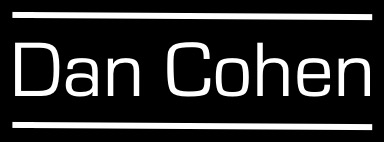 After an extensive development and testing period and the addition of even more features to make academic research easier, more collaborative, and ready for the future, Zotero 2.0 went public tonight. I’ll be blogging extensively about Zotero 2.0 in this space over the coming weeks and months as it continues to develop, but here’s a quick list of what you get with the major upgrade:
After an extensive development and testing period and the addition of even more features to make academic research easier, more collaborative, and ready for the future, Zotero 2.0 went public tonight. I’ll be blogging extensively about Zotero 2.0 in this space over the coming weeks and months as it continues to develop, but here’s a quick list of what you get with the major upgrade:
Syncing
- Automatic synchronization of collections among multiple computers. For example, sync your PC at work with your Mac laptop and your Linux desktop at home.
- Free automatic backup of your library data on Zotero’s servers.
- Automatic synchronization of your attachment files to a WebDAV server (e.g. iDisk, Jungle Disk, or university-provided web storage).
People
- Zotero users get a personal page with a short biography and the ability to list their discipline and interests, create an online CV (simple to export to other sites), and grant access to their libraries.
- Easily find others in one’s discipline or researchers with similar interests.
- Follow other scholars—and be followed in return.
- Create and join public and private groups on any topic.
- Access in real time new research materials from your groups on the web or in the Zotero interface.
- Easily move materials from a group stream into your personal library.
Even More Functionality That Makes Your Research Easier
- Automatic detection of PDF metadata (i.e., author, title, etc.).
- Automatic detection and support for proxy servers.
- Trash can with restore item functionality so you don’t accidentally lose important materials.
- Rich-text notes.
- A new style manager allowing you to add and delete CSLs and legacy style formats.
As always, the real credit for Zotero goes to what Roy Rosenzweig aptly called “The People Who Did the Work”: Zotero co-director Sean Takats; lead developer Dan Stillman; developers Simon Kornblith, Jon Lesser, Faolan Cheslack-Postava, Fred Gibbs, Matt Burton; community lead Trevor Owens; integration advisor Raymond Yee; assistant Andrew Howard; and the scores of people beyond the Center for History and New Media who made contributions large and small to this open source project.
Zotero 2.0 was created with generous funding from the Andrew W. Mellon Foundation.

Leave a Reply
You must be logged in to post a comment.